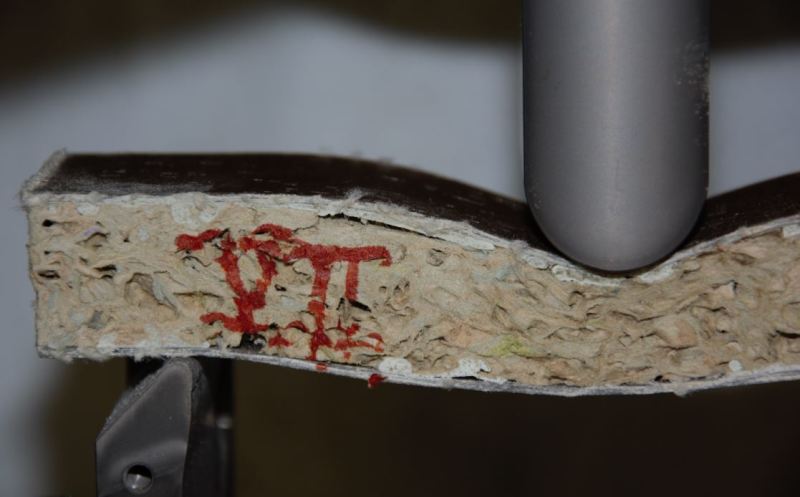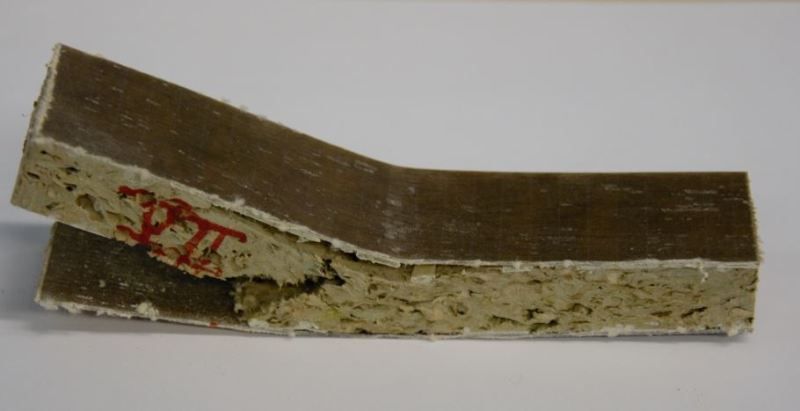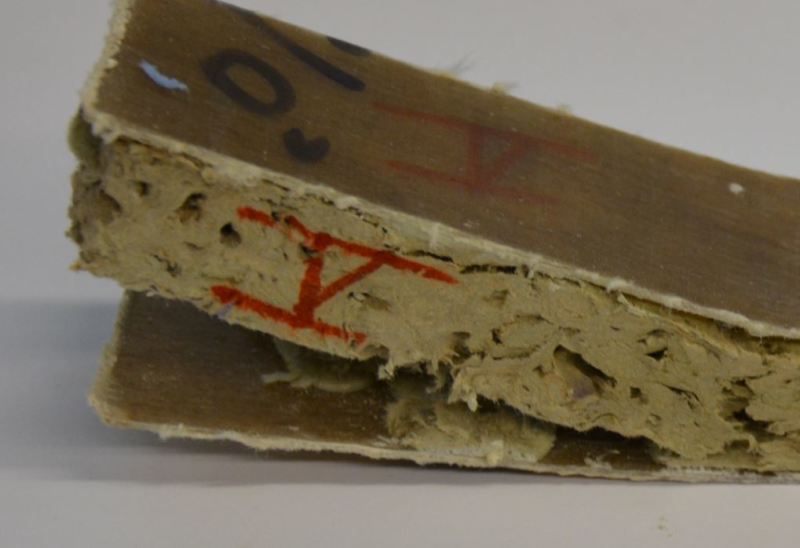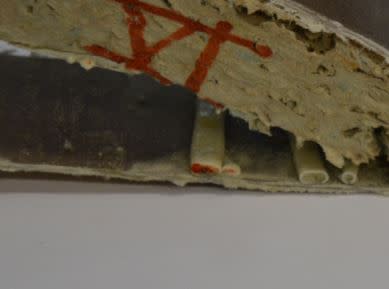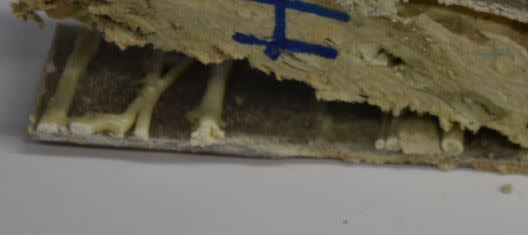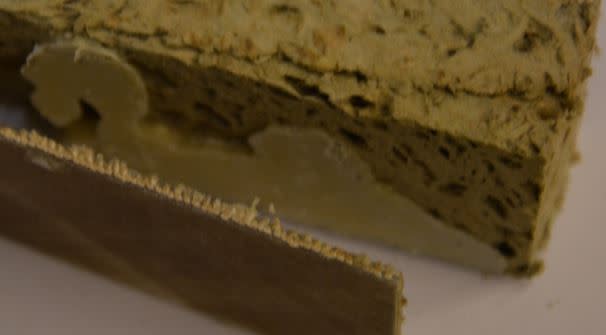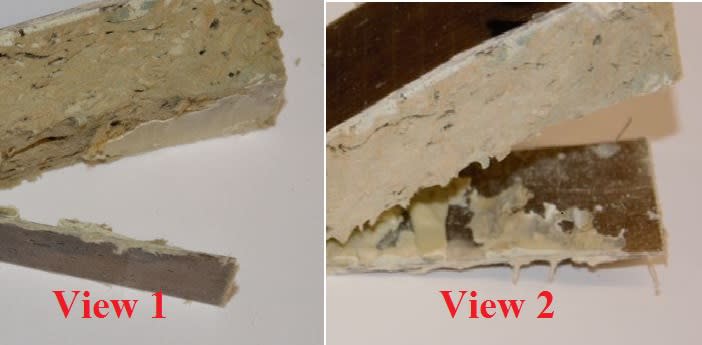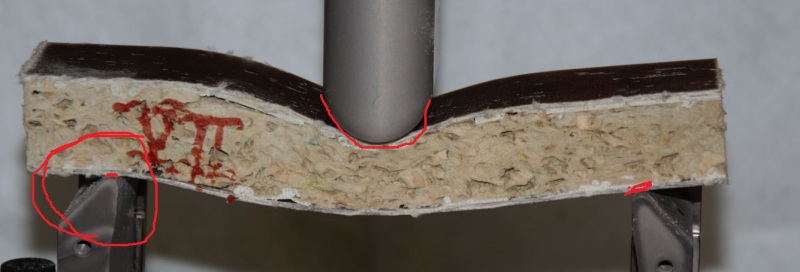melixman2016
Structural
- Jul 8, 2016
- 42
Hi,
that's force-displacement diagram of a sandwich,
Sandwich consists of pulp foam and flax laminate
The aim of the sandwich is to absorb energy, which can later be used in a crush box.
How do the results look like?
Are there any remarks?
I also have pictures for each sample, I can upload it here if someone needed to see it.
Thank you
that's force-displacement diagram of a sandwich,
Sandwich consists of pulp foam and flax laminate
The aim of the sandwich is to absorb energy, which can later be used in a crush box.
How do the results look like?
Are there any remarks?
I also have pictures for each sample, I can upload it here if someone needed to see it.
Thank you

